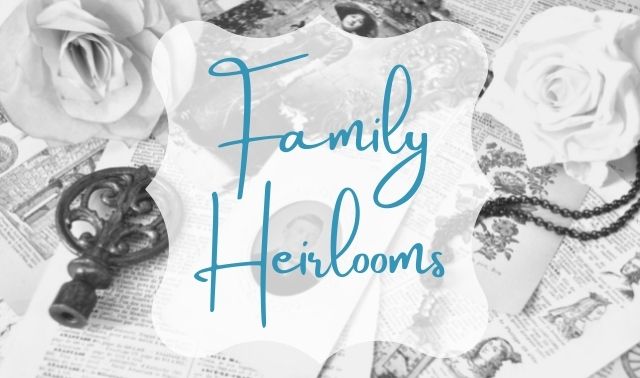Sign up for the Family Tree Newsletter! Plus, you’ll receive our 10 Essential Genealogy Research Forms PDF as a special thank you.
Get Your Free Genealogy Forms
"*" indicates required fields

Wedding dresses, christening gowns and military uniforms are some of our most cherished family heirlooms. So why do we send them to garment purgatory (that is, the attic or basement), where they’re subjected to bugs, rodents, mold and dirt? Preserve your antique attire for future generations by following these five easy steps for keeping it clean, bright and strong.
1. Choose the right environment.
Chances are you store your treasured textiles in a basement, garage or attic — but those are the worst places to keep them. In those environments, relative humidity soars or plummets, leaving your clothes either moldy and mildewy or brittle and crumbly. Or the humidity fluctuates, causing material to shrink and swell, and the fibers to separate. High temperature, which is hard to control in attics and garages, also can break down the textile fibers.
Light, especially sunlight and fluorescent light, is another danger to your heirlooms. In addition to fading color, it, too, can weaken clothing fibers.
So where can you store your garments? You want to find a well-ventilated area with minimal temperature and humidity fluctuations and little light. A dark closet or drawer in the living area of your home is the best place.
2. Hang or box the garment.
To hang a garment, place it on a plastic (not wood, which can stain) hanger padded with unbleached cotton cloth. Make sure the banger is padded enough to fit the shoulders of the garment and protect its shape. Then, make a cotton cover that will encase the material and protect it from dust and light. Avoid plastic garment bags, which hinder ventilation and increase the risk of damage from mold and insects.
If the garment is delicate at the shoulders or heavy, hanging might distort its shape. Instead, place it in an acid-free storage box. Avoid creases by padding the material with acid-free tissue paper, and wrap the garment in tissue paper or clean white sheets. You can order these archival supplies from Light Impressions, Talas or University Products.
To encourage air circulation, don’t seal the box. You also should store separately items made of plastic or metal, such as buttons, buckles, pins and headpieces. These materials don’t age well and may stain fabric.
3. Enjoy your heirloom.
After taking the proper precautions, you can still display your antique attire or wear it on special occasions, such as weddings. Just be careful not to damage it. If you’re going to lend a garment to, say, a bride-to-be, make sure she’s the same size or smaller than whoever originally owned the garment, so it doesn’t tear or stretch. Also avoid exposing the heirloom to antiperspirants or makeup, which can stain the material.
If you decide to display the apparel, do so in a dimly lit room for only short periods of time. Keep in mind that certain types of wood, metal, plastic and cardboard emit chemicals that can damage your heirloom. Contact an art-supply or archival-supply store for safe, acid-free frames or cases.
4. Practice good housekeeping.
Be sure to keep your storage area clean. Every six months, inspect it for bugs, mold and dirt, but avoid using mothballs, pesticides and harsh cleaning products that may damage your heirloom.
Each year, you should take the garment out of storage and inspect it for darkened stains. When handling the apparel, wear clean, white gloves; perspiration and hand creams can stain the material. To safely clean a garment that doesn’t have beads or loose threads, vacuum on the lowest setting with a circular brush attachment. Wrap a clean piece of cotton cheesecloth over the attachment and gently blot the fabric.
Do not dry-clean, bleach or wash the garment. If you’re preserving a new wedding dress, however, wash the dress immediately after the wedding, but don’t use starch or finishing chemicals. Without creasing the dress, store it in an acid-free box with unbuffered tissue paper.
5. Consult a textile conservator.
If a garment has noticeable stains, don’t try to remove them on your own. You can find a list of professional conservators on The American Institute for Conservation of Historic and Artistic Works. A conservator can also help you find the right materials for a frame or display case.
If you’re afraid to preserve a new wedding dress on your own, consult the Wedding Gown Preservation Co. or a similar service.
A version of this article appeared in the September 2003 issue of Family Tree Magazine.



